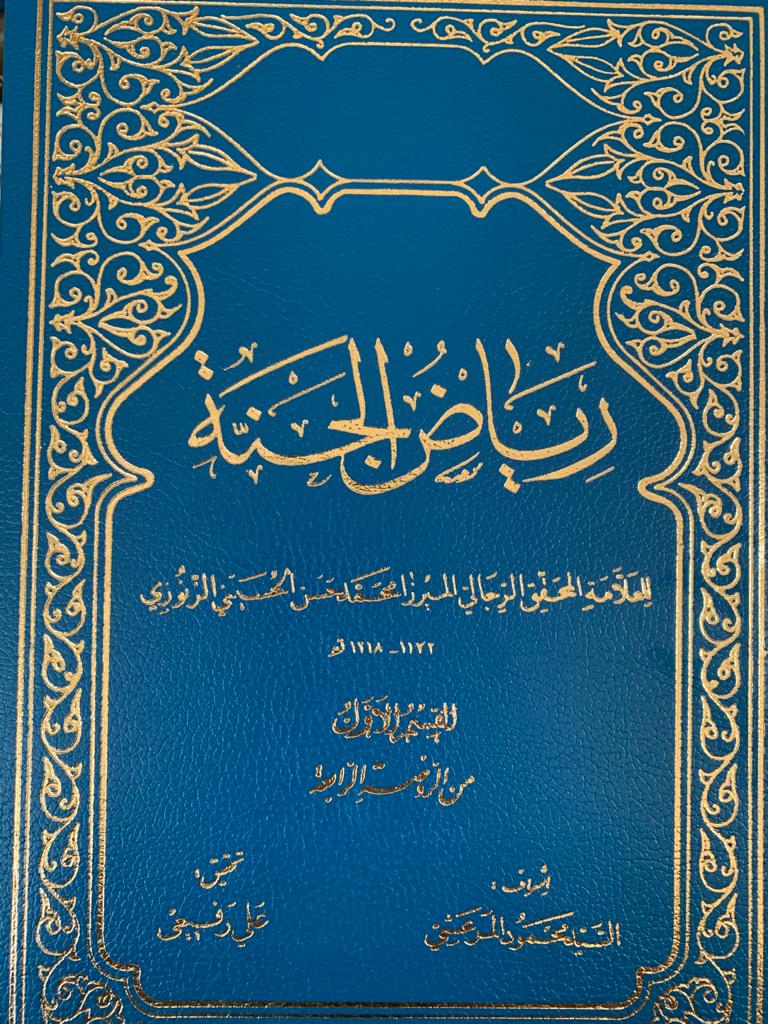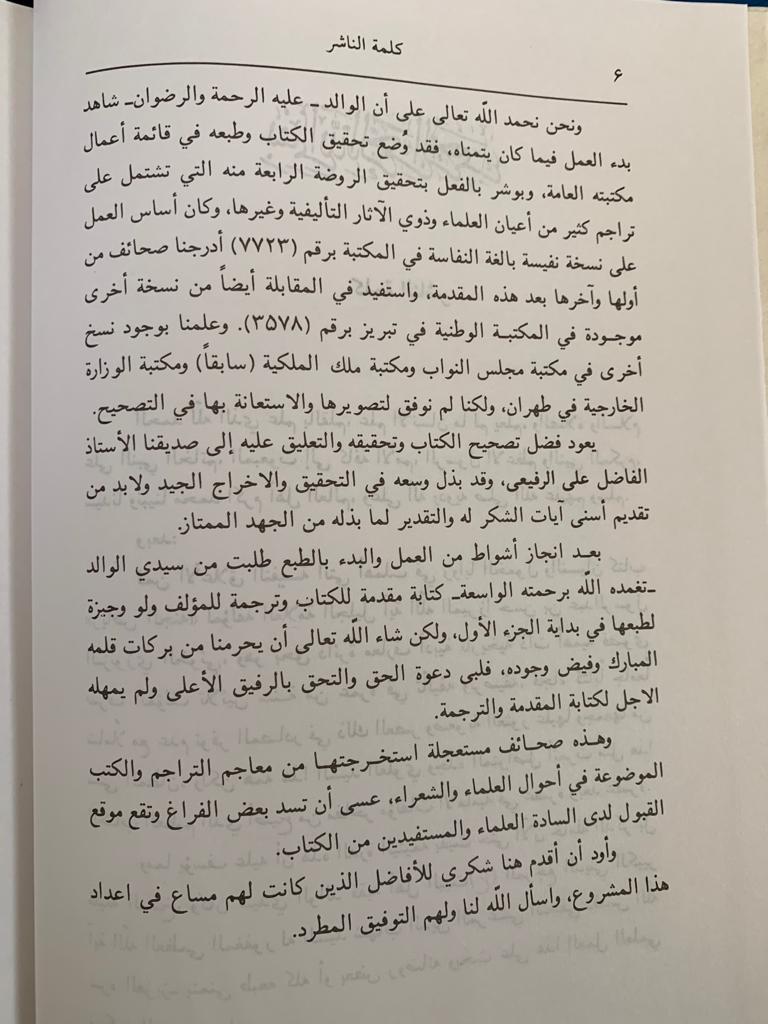One of the genres of writing that emerged in #Safavid Iran was triumphalist #Shii history and biographies that imagined a past connected to the sacred time of the Prophet and the Imams as continuous chains of notables figures who made contributions to #Islamic culture 1/
Perhaps the best example was the large work Majālis al-muʾminīn of Sayyid Nūrullāh Shūshtarī known as Qāżī Nūrullāh (d. 1610), scion of the Marʿashī sayyids, who settled in India, becoming judge in #Lahore and eventually dying, following the wrath of #Jahangir in #Agra 2/ 





The Majālis was written late in his life, a large #Shii history divided into (not surprisingly #12erShii) 12 sections: 1) places associated with the #Imams and #Shii communities such as #Kūfa #Kāshān and so forth 2) #Shii tribes and sayyids such as his own #Marʿashī lineages 3/
It is also sometimes alleged that the muttering at court against Shūshtarī that led to #Jahāngīr action against him was due to the Majālis 3a/
3) #Shii companions of the Imams, from the clan of the Prophet #BanūHāshim and others 4) the companions of the #Imams 5) the early theologians, Qurʾanic exegetes, hadith narrators, jurists, grammarians and representatives of the Imams 6) Sufis 7) philosophers and theologians 4/
8) #Shii Kings 9) commanders and soldiers 10) viziers and kuttāb 11) Arabic poets 12) non-Arabic poets - the structure and categories became a model for latter works, 'continuations' (dhayl), translations and commentaries 5/
Already by the end of the 17thC it was extensively used by Mirzā ʿAbdallāh Afandī (d. 1717), student of Majlisī (d. 1699) and author of Riyāḍ al-ʿulamāʾ, and by Sayyid ʿAlī Khān Madanī (d. 1709) in his al-Darajāt al-rafīʿa 6/ 





A number of works that continued or summarised the Majālis were written: for example, the earliest Muntakhab Majālis al-muʾminīn of Khalīl Ẕūʾl-Qadr is brief (around 60 folios) dated 1053/1643 in Iran in Tehran University Central Library 8948 7/
or Khulāṣa-yi Majālis of Muḥammad Żāmin dated 1265/1849 from India extant in #Aligarh #AzadLibrary MS Persian Sufism 219 with over 160 folios 8/
There were translations - into Urdu, for example, Mawāfiq al-muʾminīn of Sayyid Muḥammad Shabbar Jaunpūrī published in Allahabad in 1924, and into Arabic by Shaykh Aḥmad al-Ḥāʾirī also in the early 20thC (and there is the view that Sayyid ʿAlī Khān's work is a translation) 9/
The best known continuation is Maḥāfil al-muʾminīn from 18thC of Sayyid Muḥammad Shafīʿ ʿĀmilī, Shaykh al-islām of Qazwīn under Karīm Khān #Zand, completed in 1776 10/ 

One of the significant works that follows the model of Majālis is Riyāḍ al-janna of Mīrzā Muḥammad Ḥasan Zunūzī Khūʾī known as 'Fānī (d. c. 1817) completed in 1216/1802 zounuz.blogfa.com/post/6 11/ 



Only the section on biographies has been edited and published along with excellent annotations cross-referring other sources 12/ 





The text is divided into 8 'gardens': 1) a history of the Prophet, his daughters and the #Imams - the pleroma of #walāya 2) a theological exposition of divine theodicy 3) the cosmology and ontology of celestial and earthly being 4) on biographies of #ʿulema 5) poets 13/
6) rulers 7) viziers 8) miscellanea - it demonstrates his training in #philosophy (it is a very valuable source for the 'minor' philosophers) and a sense of a cosmic hierarchy of entities from the Prophet and his family down as a pyramid of being emanating from God 14/
Riyāḍ al-janna is one of many texts published in the last few decades which have facilitated the study of the intellectual history of #ShiiIslam and made it more accessible 15/
• • •
Missing some Tweet in this thread? You can try to
force a refresh
















